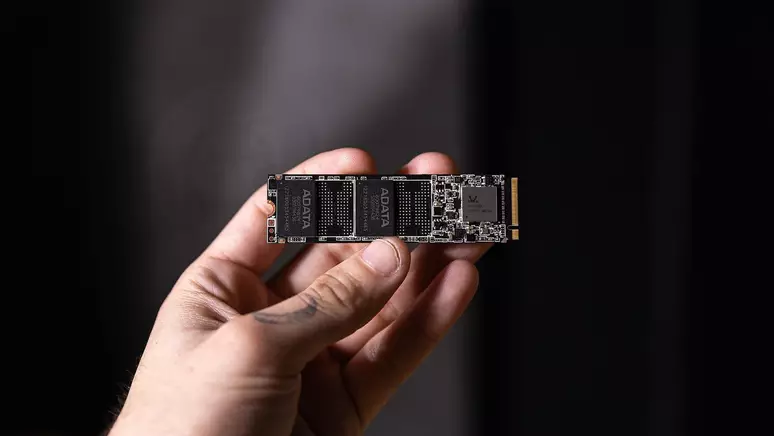
According to IEEE forecast ( Institute of Electrical and Electronics Engineers) advances in the development of chips flash NAND should continue to provide new advances in the capacity of SSDs. The expectation is that we should have SSDs with 4 times more storage capacity by 2029, and the price will continue to fall, as the cost per gig continues to decrease.
Two main points help explain the progress of SSDs in terms of storage capacity. A greater number of layers and also the transition of more bits per cell. Like, for example, the transition from flash chips NAND TLC (3-bits per cell) to QLC (4-bits per cell).
The use of these chips with more bits per cell technology reduces production costs, which contributes to higher capacity units having increasingly more affordable prices when compared to the first SSD models.
On the other hand, adding more bits per cell reduces the number of times it can be rewritten, impacting the useful life of that chip. However, manufacturers adopt some measures, such as error correction mechanisms (ECC) or wear leveling, to mitigate the impact on cells.
Currently, we already have SSDs on the market that use QLC NAND chips. 1 Tbused in 4 and 8 TB options. The prediction, according to IEEE, is that we can expect SSDs that use 2 Tb chips by 2025, 4 Tb by 2027 and models that will use 8 Tb chips in 2029, enabling SSDs with a capacity greater than 30 TB around 2029
The number of layers of memory chips is also expected to increase to more than 500, also contributing to the advancement in capacity. This growth also involves the consolidation of yet another NAND transition, the move from QLC to PLC (5 bits per cell), which will further increase storage density, but with some durability and performance challenges that manufacturers will need to face.
Source: https://www.hardware.com.br/noticias/capacidade-dos-ssd-deve-quaduplicar-ate-2029-e-o-preco-ira-cair.html


